These high fiber foods will help you lose weight in a healthy way. This list has a bunch of whole grains, legumes, fruits, and vegetables that give you all the fiber you need per day, with as much as ⅔ of your daily recommended intake in one serving!
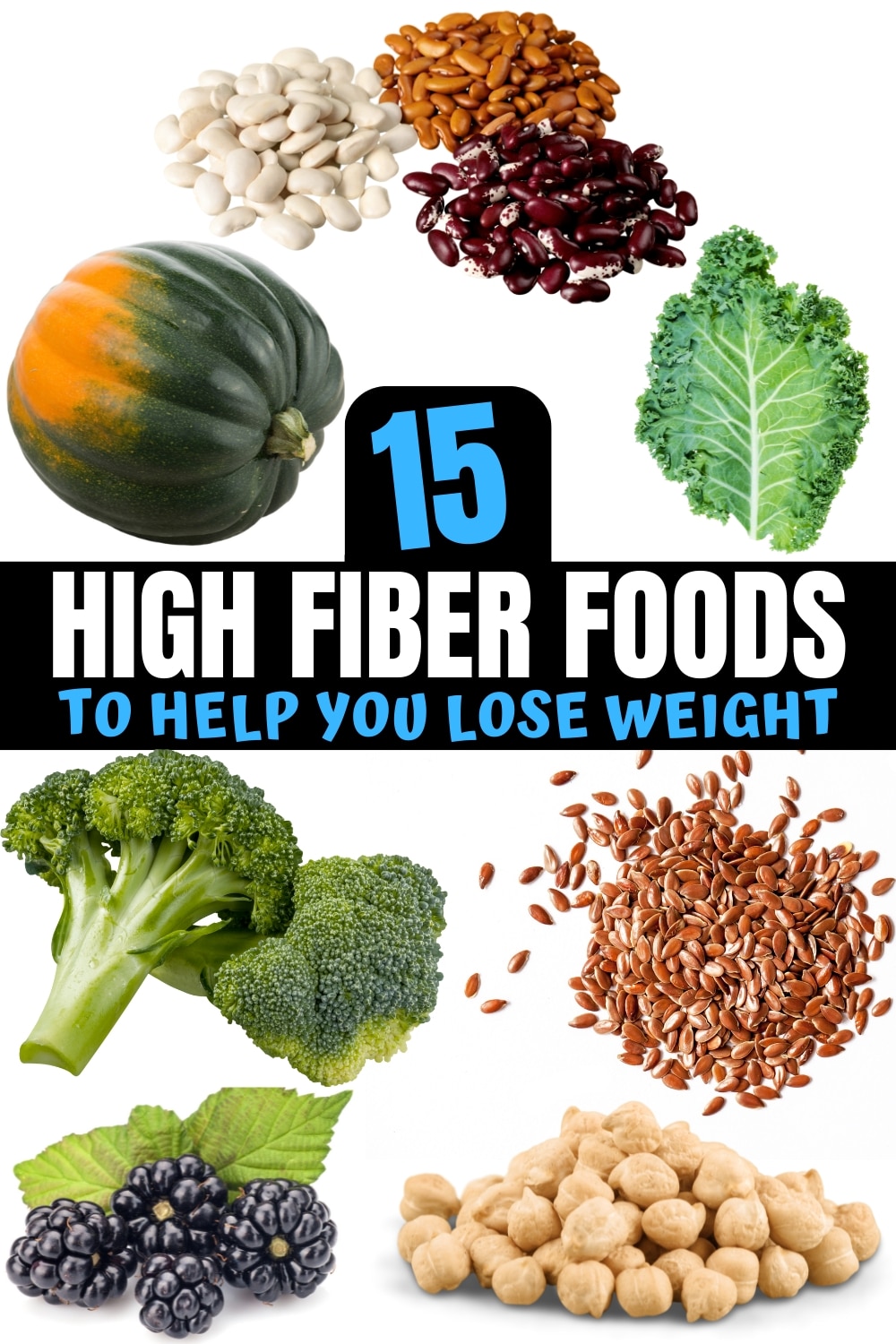
Table of Contents
High Fiber Foods For Losing Weight
Eating enough fiber is essential to help your body regulate blood sugar and cholesterol levels, support your digestive system, and of course, prevent weight gain by keeping your hunger in check.
While taking fiber supplements is an option these days, the best way to get your daily dose of fiber is still through eating whole foods. In addition to dietary fiber, they also provide essential nutrients and countless health benefits for your weight loss journey and overall health.
With all that said, here are the best fiber-rich foods to help you lose weight!
1. Beans
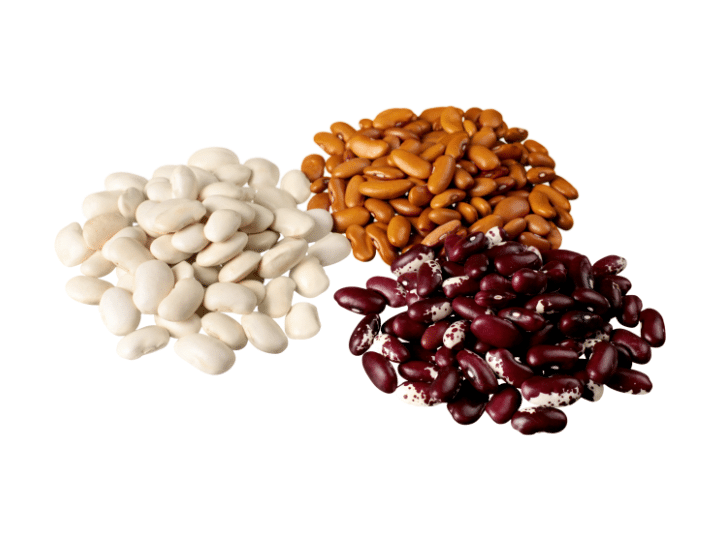
Nutritional Info for 1 cup, cooked navy beans:
- 255 Calories
- 1.1g Fat
- 47.7g Carbs
- 0.6g Sugar
- 19.1g Fiber
- 15g Protein
Whether they're navy beans, kidney beans, or pinto beans, cooked beans as a whole are one of the best sources of fiber you can eat. A cup of cooked beans has almost 20 grams of fiber or two-thirds of the recommended daily intake. Remember to soak your beans overnight before cooking to help reduce gas-causing compounds and antinutrients as well as boost their beneficial enzyme content.
2. Lentils
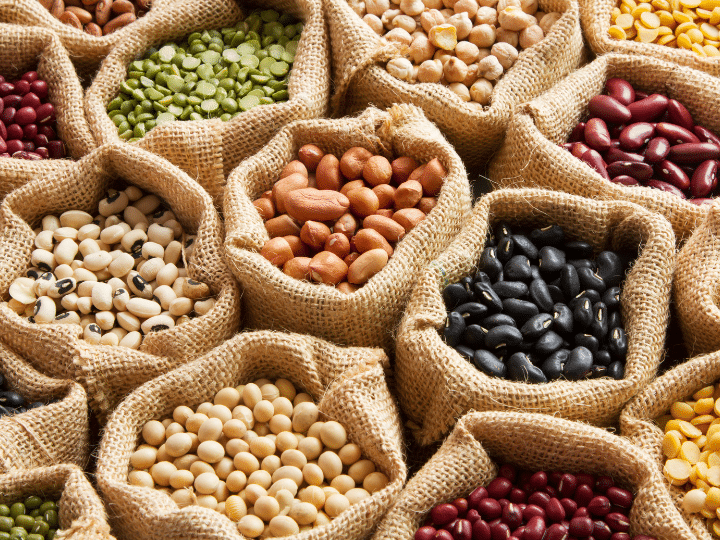
Nutritional Info for 1 cup, cooked:
- 230 Calories
- 0.8g Fat
- 39.9g Carbs
- 3.6g Sugar
- 15.6g Fiber
- 17.9g Protein
Another hardworking legume to add to your healthy high fiber diet, lentils are packed with soluble and insoluble fiber, protein, and nutrients. They're great on their own as a side dish, combined with brown rice, or cooked into stews, soups, and curries.
3. Chickpeas
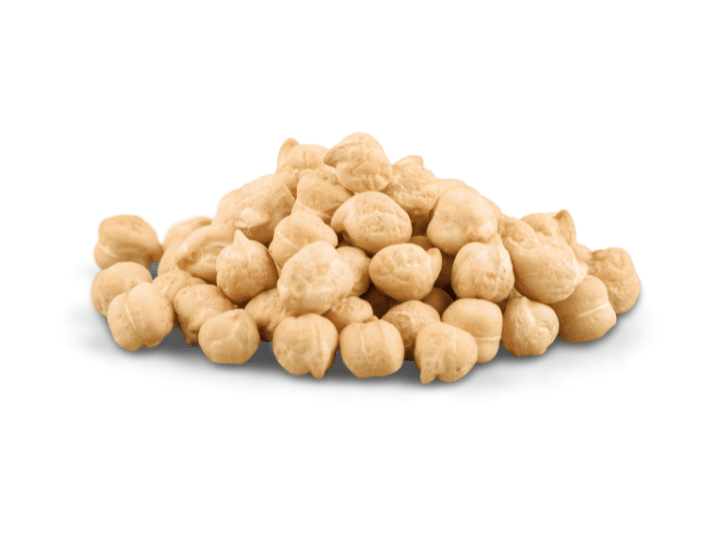
Nutritional Info for 1 cup, cooked:
- 269 Calories
- 4.2g Fat
- 45g Carbs
- 7.9g Sugar
- 12.5g Fiber
- 14.5g Protein
Chickpeas or garbanzo beans are rich in fiber, healthy carbs, and plant-based protein, making them a filling and satisfying component to any diet. Snacking on roasted chickpeas or vegetables dipped in chickpea hummus are tasty and healthy options to get more fiber in between meals.
4. Chia Seeds
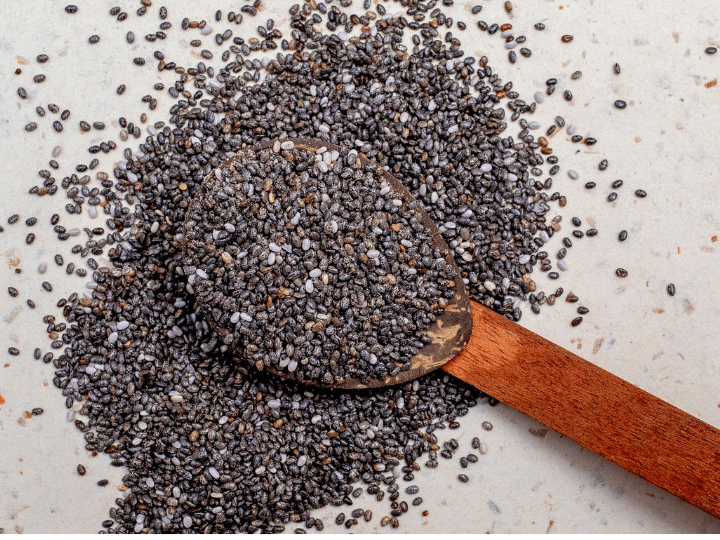
Nutritional Info for 1 oz.:
- 138 Calories
- 8.7g Fat
- 12g Carbs
- 0g Sugar
- 9.8g Fiber
- 4.7g Protein
Sprinkling chia seeds into your oatmeal, smoothies, or baked goods is an easy and delicious way to add to your dietary fiber intake. They're incredibly high in fiber, with just two tablespoons amounting to almost half the daily recommended dose!
5. Acorn Squash
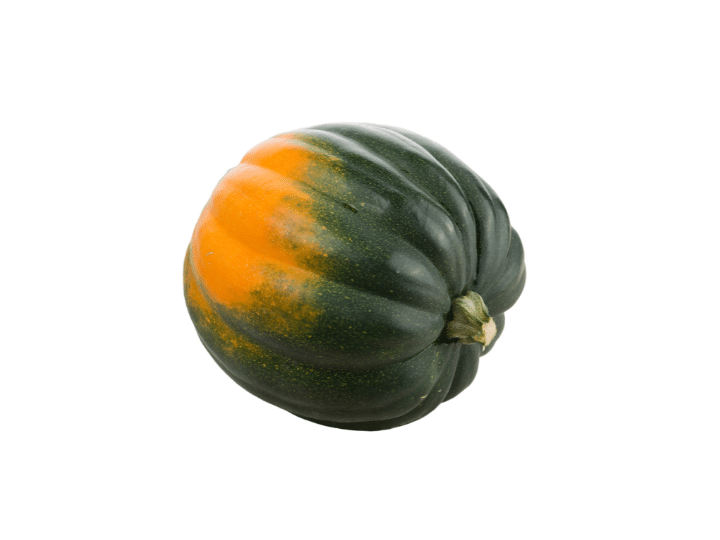
Nutritional Info for 1 cup, baked:
- 115 Calories
- 0.29g Fat
- 29.9g Carbs
- 7.9g Sugar
- 9g Fiber
- 2.3g Protein
Most varieties of squash are a good source of fiber, but acorn squash is the cream of the crop with 9 grams of fiber in a cup. It has a similar taste and texture as butternut squash, but is smaller in size and contains more fiber per gram. If you can't find it, another high-fiber squash variety to look out for is Hubbard squash.
6. Green Peas
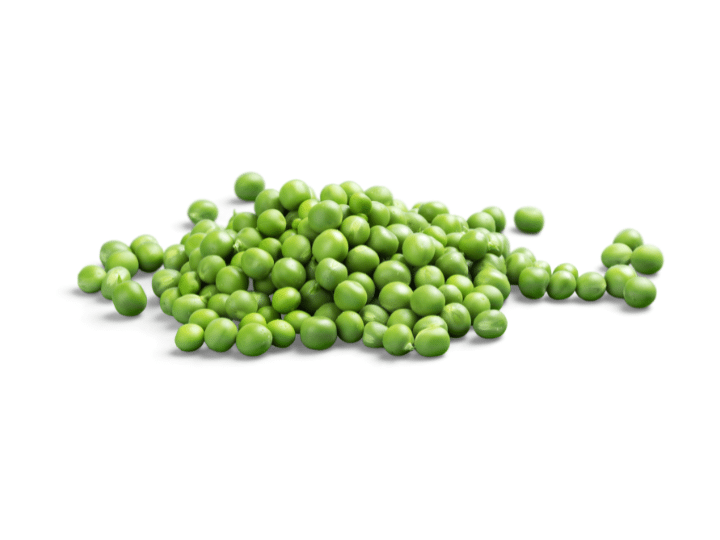
Nutritional Info for 1 cup, cooked:
- 134 Calories
- 0.35g Fat
- 25g Carbs
- 9.5g Sugar
- 8.8g Fiber
- 8.6g Protein
Green peas are naturally great for weight loss thanks to their low calorie and carb counts, made even better with the high amounts of fiber. Adding peas to any stir-fry, soup, or stew will instantly boost the fiber content and make for a more filling meal. You can also roast them until crispy and enjoy as a snack or tossed in a salad for crunch factor.
7. Bulgur
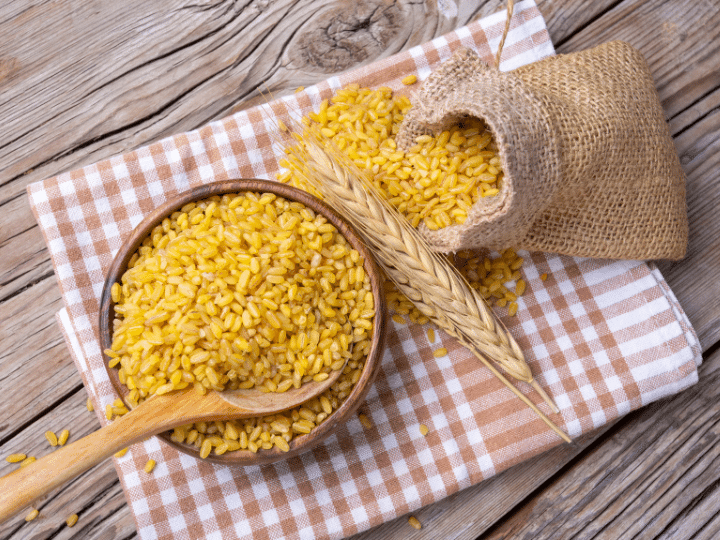
Nutritional Info for 1 cup, cooked:
- 151 Calories
- 0.44g Fat
- 33.8g Carbs
- 0.2g Sugar
- 8.2g Fiber
- 5.6g Protein
If you've never heard of bulgur before, it's cracked wheat berries that have been partially cooked to make them easier to prepare. Bulgur cooks in as fast as 15 minutes, so it's perfect for quick and nutritious meals; a wonderful higher fiber alternative to quinoa or rice, as a side dish or in recipes like pilaf and risotto.
8. Edamame
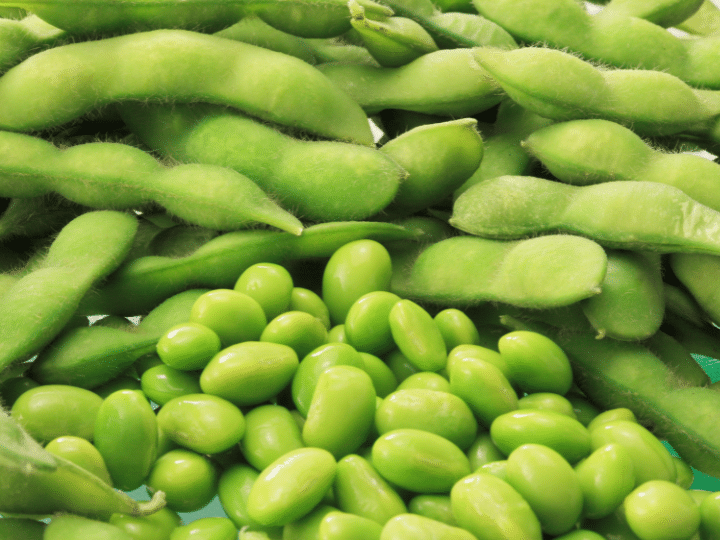
Nutritional Info for 1 cup, cooked:
- 188 Calories
- 8.1g Fat
- 13.8g Carbs
- 3.4g Sugar
- 8.1g Fiber
- 18.5g Protein
Not only is edamame an excellent source of fiber, but it's also one of the best sources of plant-based protein you can eat and the highest protein option on this list! Edamame are soybeans that are harvested before they're fully ripe, and have a fresh green pea taste and buttery soft texture when cooked. They're delicious steamed, roasted, or pan-seared and makes a fantastic snack, appetizer, or side dish for any meal.
9. Raspberries
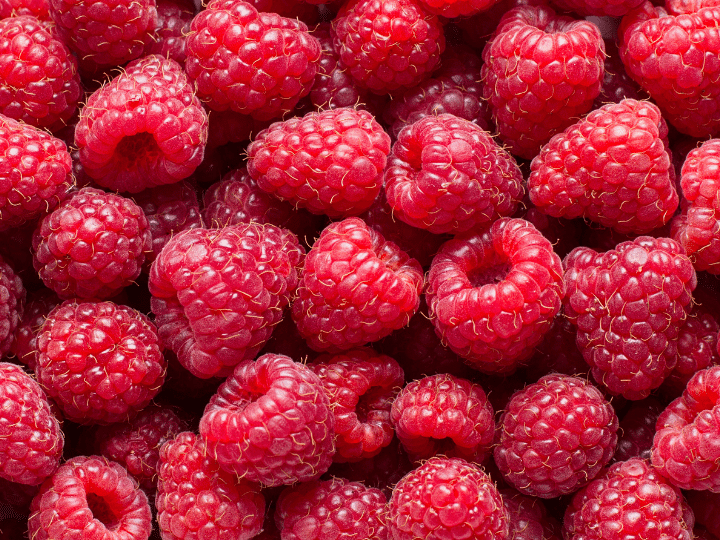
Nutritional Info for 1 cup:
- 64 Calories
- 0.8g Fat
- 14.7g Carbs
- 5.4g Sugar
- 8g Fiber
- 1.5g Protein
In addition to being one of the lowest calorie fruits you can eat, raspberries are also an excellent source of fiber. These flavorful berries are the best weight loss snack for your sweet tooth cravings and are also tasty over oatmeal, yogurt, or pancakes.
10. Flax Seeds
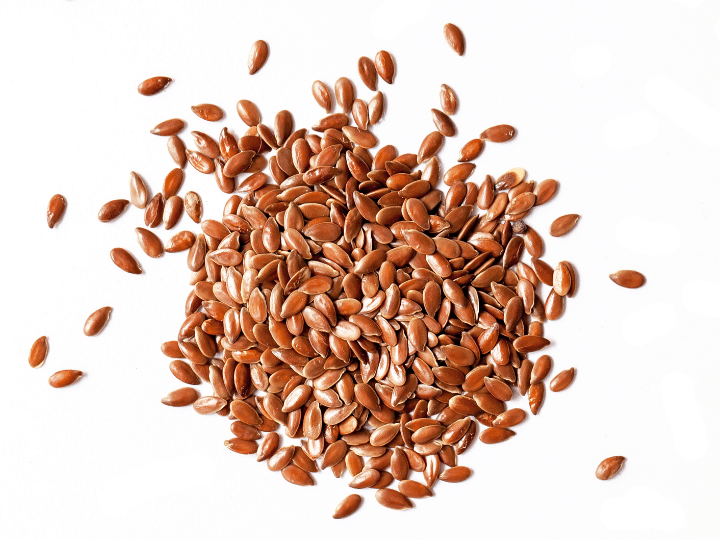
Nutritional Info for 1 oz.:
- 152 Calories
- 12g Fat
- 8.2g Carbs
- 0.44g Sugar
- 7.8g Fiber
- 5.2g Protein
Flax seeds are a particularly great source of soluble fiber, as it makes up about a third of their total fiber content. Soluble fiber not only promotes smoother digestion, but can also reduce blood cholesterol levels and aid blood glucose control. Mixing two tablespoons of flax seeds into your baked goods, smoothies, or oatmeal is enough to get the full benefits of these high fiber seeds.
11. Blackberries
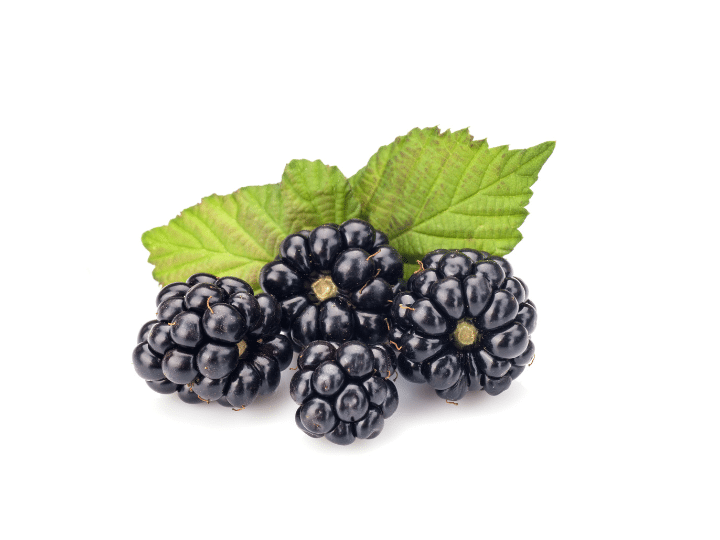
Nutritional Info for 1 cup:
- 62 Calories
- 0.7g Fat
- 13.8g Carbs
- 7g Sugar
- 7.6g Fiber
- 2g Protein
Another excellent high fiber berry for weight loss, blackberries are bursting with fiber, nutrients, and antioxidants while being low in calories and carbs. Enjoy a cup of blackberries as a snack, blitzed into a smoothie, or with breakfast. You can check out my list of healthy weight loss breakfasts for more ideas!
12. Whole Grain Cereal
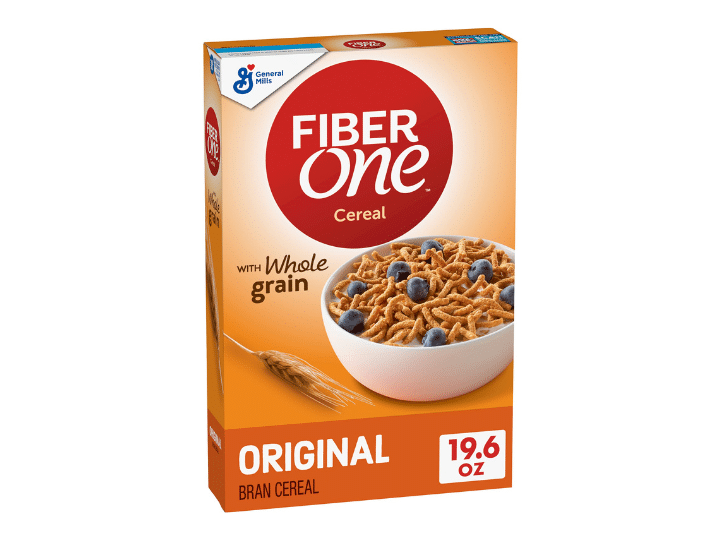
Nutritional Info for ½ cup:
- 180 Calories
- 1g Fat
- 35g Carbs
- 1g Sugar
- 6g Fiber
- 8g Protein
Start your day with low sugar cereal made from high-fiber whole grains for a quick and nutritious breakfast. Cereal options made with sprouted whole grains are even better, as the sprouting process makes them easier to digest and increases the bioavailable nutrients. If you're looking for some recommendations, I have a whole list of high fiber cereal options on my blog you can choose from.
13. Quinoa
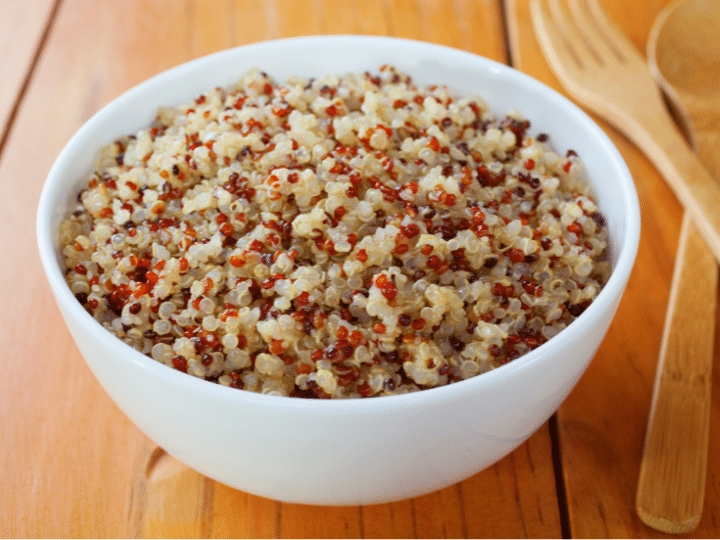
Nutritional Info for 1 cup, cooked:
- 222 Calories
- 3.6g Fat
- 39.4g Carbs
- 1.6g Sugar
- 5.2g Fiber
- 8.1g Protein
Quinoa is a versatile, multipurpose grain that can easily be incorporated into any diet. Just a cup of cooked quinoa, or ⅓ cup when dry, supplies over 5 grams of fiber to a meal. White, black, and red quinoa are all good choices that have about the same amount of fiber, though a tricolor quinoa blend is even better as it offers more variety of nutrients.
14. Kale
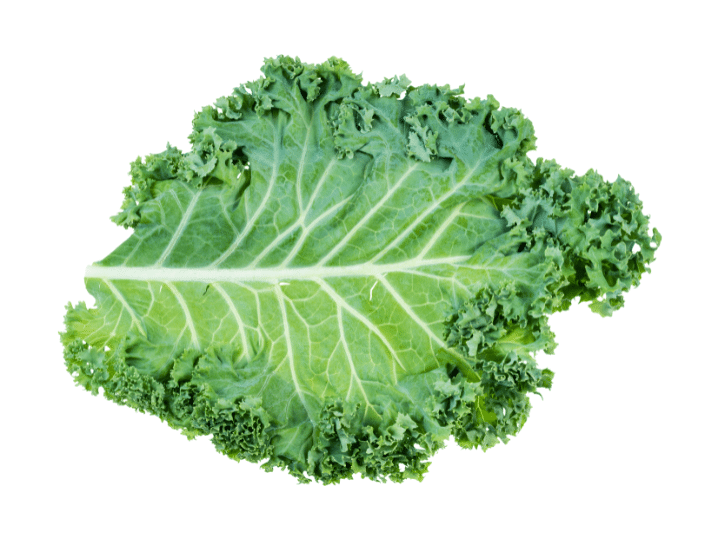
Nutritional Info for 1 cup, cooked:
- 47 Calories
- 1.6g Fat
- 6.9g Carbs
- 1.6g Sugar
- 5.2g Fiber
- 3.8g Protein
Kale is one of the highest fiber leafy greens you can have and is an all-around fantastic addition to a healthy eating plan. In addition to their high fiber content, kale also boasts plenty of other health benefits such as high levels of antioxidants, vitamin C, and vitamin K. It can also help prevent heart disease, support eye health, and boost the immune system.
15. Broccoli
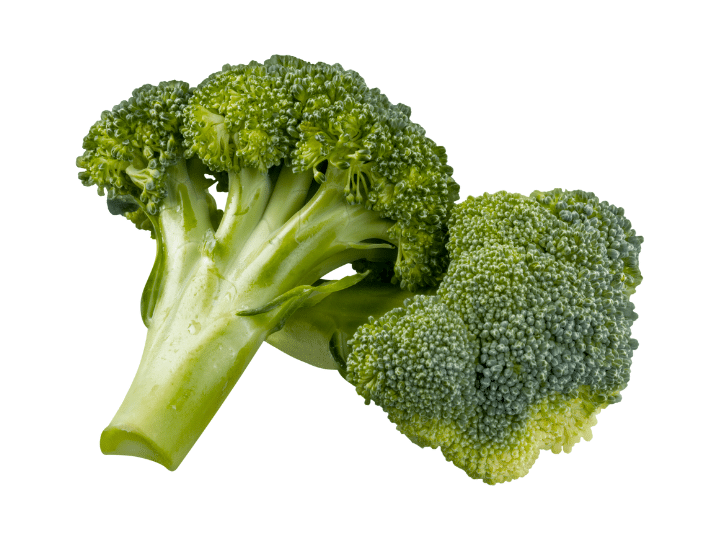
Nutritional Info for 1 cup, cooked:
- 55 Calories
- 0.64g Fat
- 11.2g Carbs
- 2.2g Sugar
- 5.1g Fiber
- 3.7g Protein
One of the highest fiber vegetables, broccoli contains over 5 grams of fiber per cup. Try to consume both the florets and the stem when you can, as the two provide slightly different nutritional benefits. It's also ideal to consume broccoli cooked instead of raw, as cooking it helps make many of the nutrients more bioavailable.

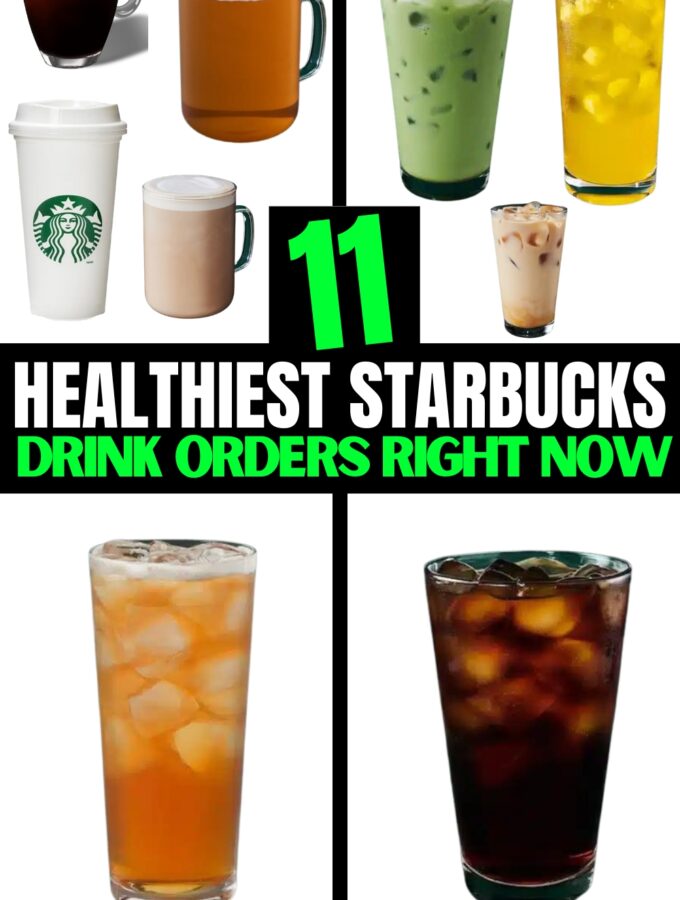
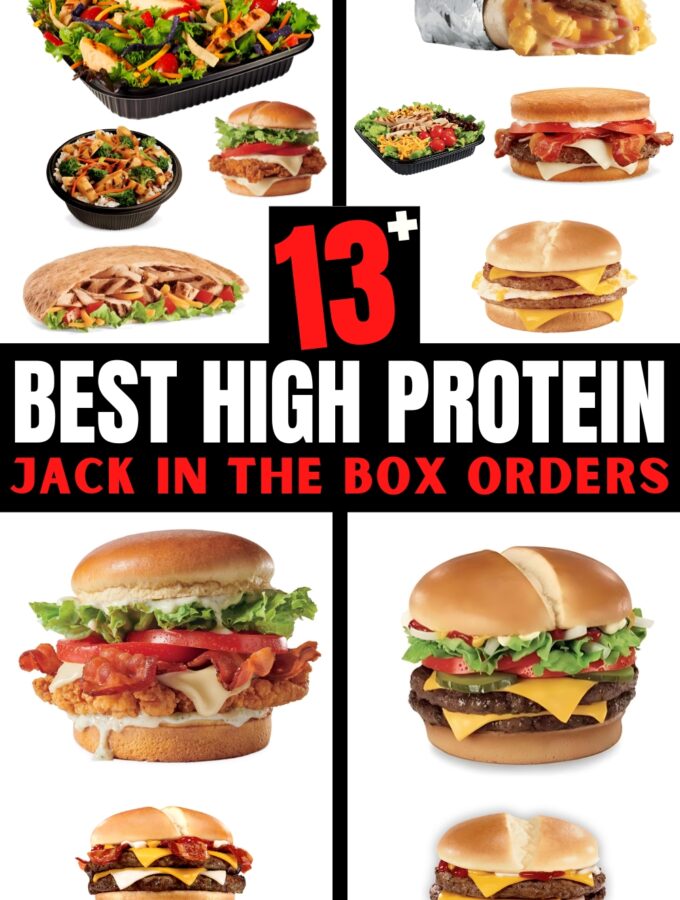
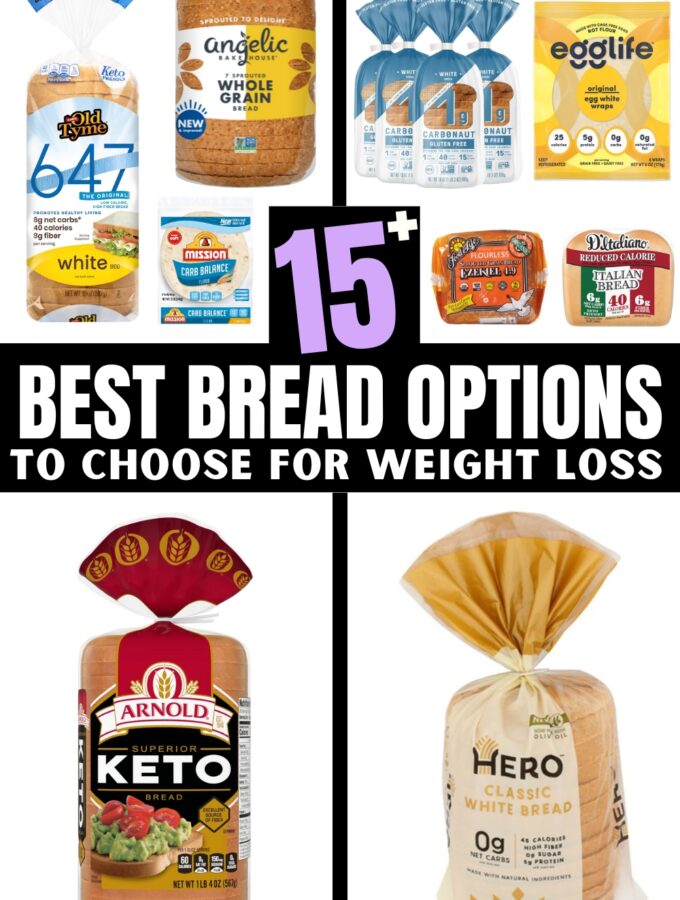
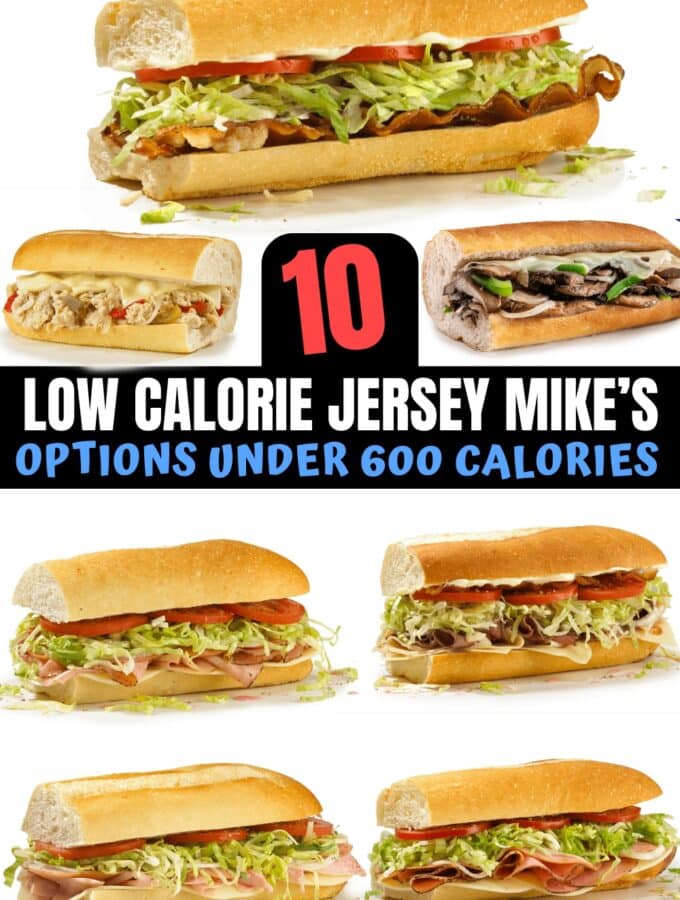
Leave a Reply